Latest News
Nike Crafts New AI Sneakers
InfoWorks ICM 2025 Delivers Enhanced Cloud Simulation Capabilities
Emotors Adopts Siemens’ Simcenter NVH Solutions
Orca3D Version 3 Now Available
Kubotek Kosmos Upgrades with KeyCreator 2024 Service Pack 1
GE Aerospace Launches as Independent Public Company
All posts
July 19, 2010
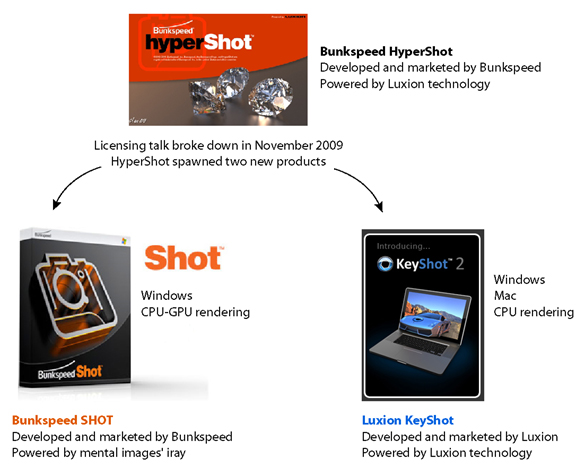
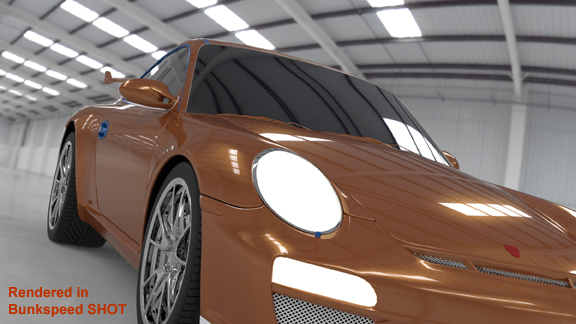
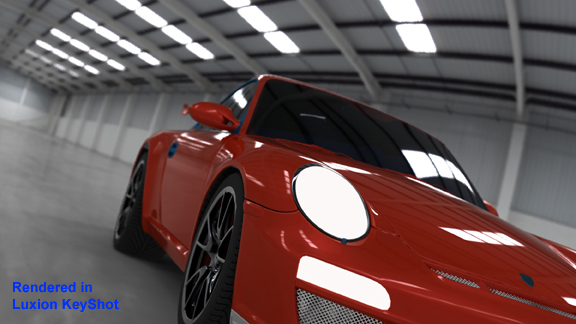


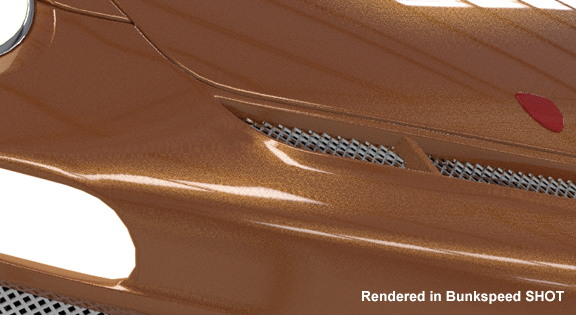
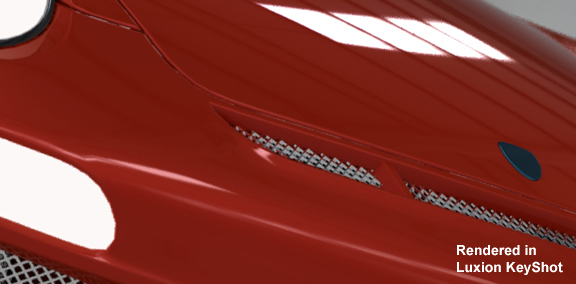
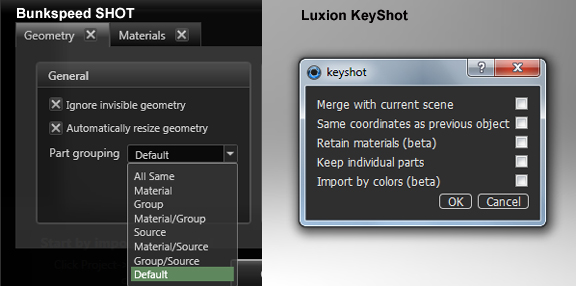

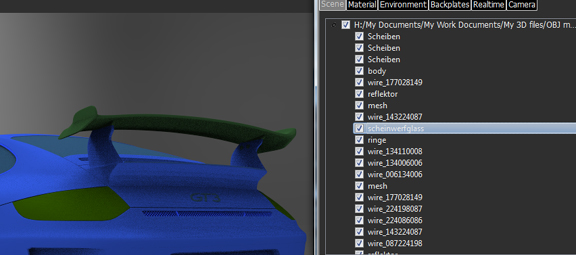
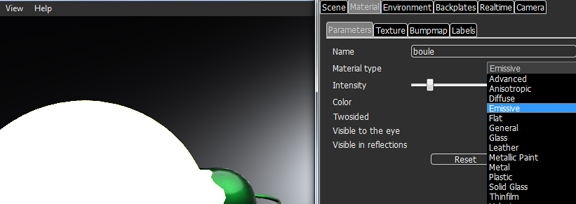
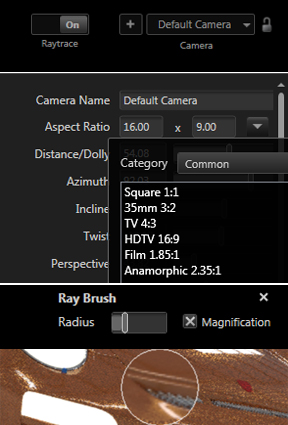
What I like in Bunkspeed SHOT
- Drag handles to move and reposition model
- Easy way to capture screenshots
- Ray Brush, for previewing select regions in magnified, high-res setup
- Single-click button to turn on or turn off ray tracing
- More material and object grouping options at import
- Model tree to navigate scene (with highlights to isolate and view selected objects)
- Option to specify camera type and aspect ratio
- GPU support
- Drag handles to move and reposition model
- Easy way to capture screenshots
- Model tree to navigate scene (without highlights to isolate and view selected objects)
- Easy way to turn any material into emissive (illuminated) material
- Mac support
- Adding and editing new light source to scene
- Positioning decal
- Bunkspeed SHOT uses a hybrid CPU-GPU rendering method, so if you’re using a machine with a powerful GPU, you may get better performance (speedier rendering) in Bunkspeed SHOT.
- Bunkspeed SHOT offers a few interface elements (like Ray Brush and camera aspect-ratio controls) not found in Luxion KeyShot.
- Luxion KeyShot retains the look and feel of HyperShot, so if you’re looking for a familiar look and feel, you’ll probably find Luxion KeyShot more appealing.
- Bunkspeed SHOT is currently available only for Windows OS.
- Luxion KeyShot is available for both Windows and Mac.
- Bunkspeed SHOT standard is priced $995. Pro version’s price is unpublished.
- Luxion KeyShot 2 standard is $995. KeyShot Pro 2 is $1,995.
- Luxion offers HyperShot owners the option to upgrade to KeyShot (price starting at $395)
- Bunkspeed plans to give a license of Bunkspeed SHOT to every HyperShot owner. Those who bought the $200 Web version of HyperShot may be required to pay an upgrade fee.
Bunkspeed SHOT saves scenes as .bif files; Luxion KeyShot saves them as .bip files. They are not interchangeable (you cannot open scenes saved in Bunkspeed SHOT in Luxion KeyShot, nor can you do the reverse).
A review of Bunkspeed SHOT is published here.
For more images rendered in Bunkspeed SHOT, visit DE Exchange photo album here.
A review of Luxion KeyShot is published here.
For more images rendered in Luxion KeyShot, visit DE Exchange photo album here.
Subscribe to our FREE magazine, FREE email newsletters or both!
Join over 90,000 engineering professionals who get fresh engineering news as soon as it is published.
Latest News
Nike Crafts New AI Sneakers
InfoWorks ICM 2025 Delivers Enhanced Cloud Simulation Capabilities
Emotors Adopts Siemens’ Simcenter NVH Solutions
Orca3D Version 3 Now Available
Kubotek Kosmos Upgrades with KeyCreator 2024 Service Pack 1
GE Aerospace Launches as Independent Public Company
All posts
About the Author
Kenneth Wong is Digital Engineering’s resident blogger and senior editor. Email him at [email protected] or share your thoughts on this article at digitaleng.news/facebook.
Follow DE#19530
New & Noteworthy

New & Noteworthy: Safe, Cost-Effective Metal 3D Printing - Anywhere
Desktop Metal’s Studio System offers turnkey metal printing for prototypes and...

New & Noteworthy: Direct Neutronics Analysis on CAD
Coreform Cubit 2023.11 workflows enable neutronics directly on CAD for next-generation nuclear energy...

New & Noteworthy: Agile Engineering Collaboration
Authentise Threads is a new software tool for distributed communications and project...

New & Noteworthy Product Introduction: Enterprise VR Headset
Lenovo ThinkReality VRX has an immersive display works with virtual, augmented and...


